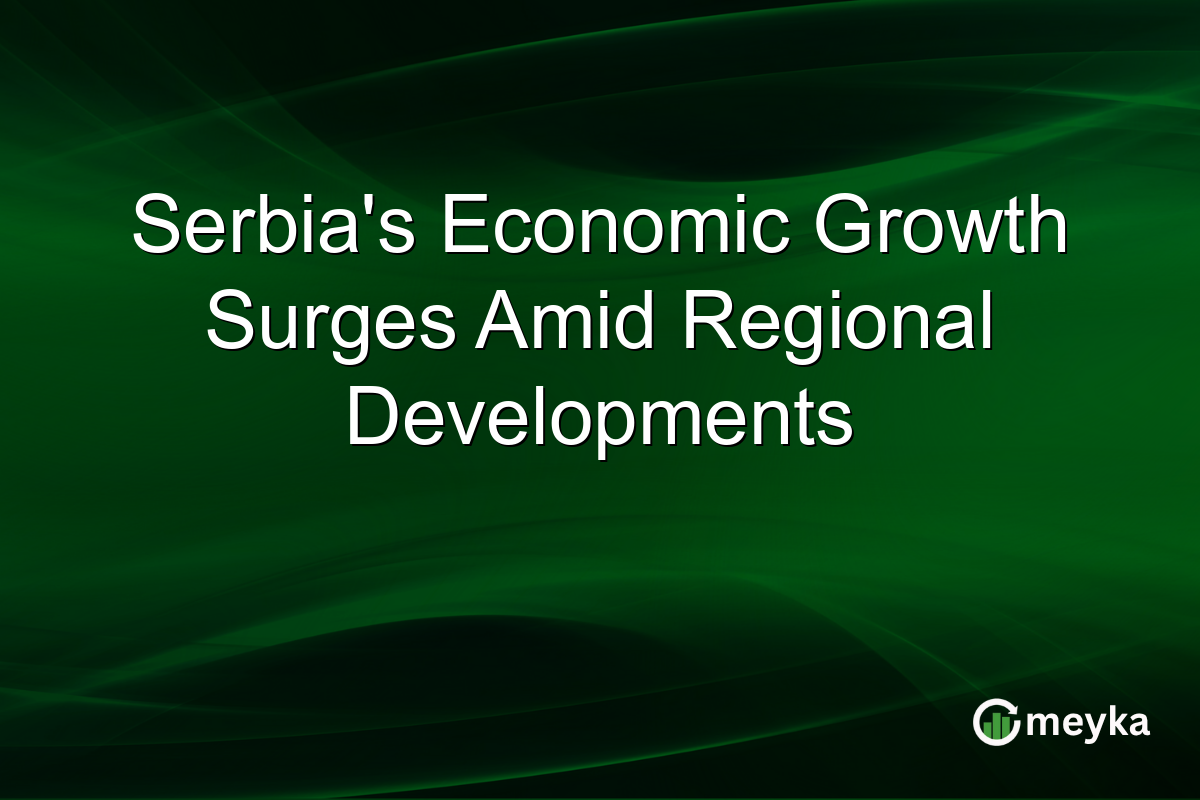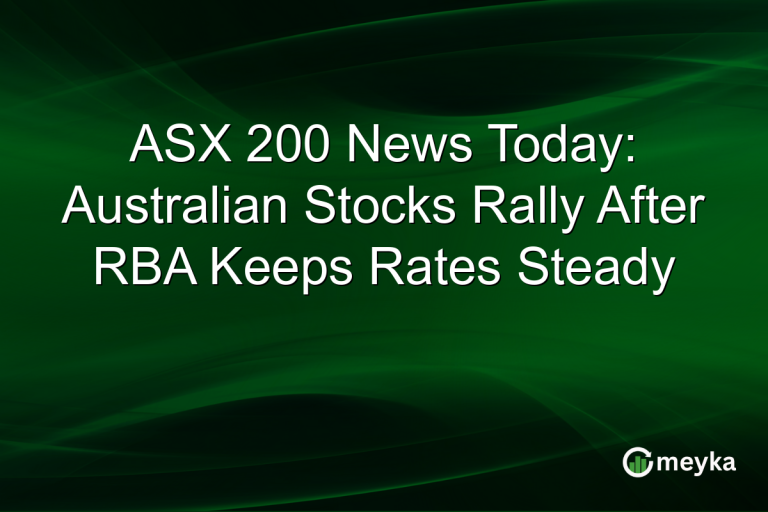Serbia’s Economic Growth Surges Amid Regional Developments
Recently, Serbia has emerged as a powerhouse of economic growth within the Balkans. The country’s GDP growth reached an impressive 4.6% in the first quarter of 2025. This momentum is largely driven by robust investment in infrastructure and foreign direct investments. As Serbia aligns its economic policies with broader regional developments in Eastern Europe, the opportunities for investors continue to multiply. With its strategic position, Serbia serves as a pivotal link between various economic corridors in this region.
Infrastructure Boom and Economic Policies
Serbia’s recent infrastructure projects have been key to its economic upswing. The government has launched ambitious ventures, including the Belgrade-Budapest high-speed railway. This project alone promises to enhance trade within the region, reinforcing Serbia’s status as a crucial logistics hub. Economic policies have also evolved to foster business-friendly environments, attracting foreign investments from China and the EU. Such initiatives underscore Serbia’s commitment to aligning with the broader Balkan economy trends and boosting its GDP growth further.
Trade Relations and Foreign Investments
Serbia’s trade relations with the European Union now constitute approximately 60% of its export portfolio, showcasing significant integration into the Balkan economy. Foreign investments, notably from Germany and China, have increased, focusing on manufacturing and technology sectors. To further this growth, Serbia offers tax incentives and regulatory support, which enhances its appeal to international businesses. This strategic push strengthens Serbia’s position as a prime destination for Eastern Europe investments.
Impact on Regional Economic Dynamics
The ripple effects of Serbia’s economic surge are felt across the region. Neighboring countries are looking to replicate Serbia’s model of development, focusing on infrastructure and foreign collaborations. Regional developments like the Open Balkan initiative aim to enhance economic cooperation among Balkan countries. This collaboration fosters a robust economic bloc that benefits Serbia and its neighbors. Investors should note this trend as it positions the Balkans as a unified market, ripe for exploration.
Investor Reaction and Market Sentiment
Investors are reacting positively to Serbia’s economic trajectory. The stock market reflects this optimism, with key indices showing growth. Local businesses are expanding, leading to new opportunities in sectors like renewable energy and agriculture. On platforms like Reddit, investors discuss Serbia’s business potential, identifying it as a promising frontier in Eastern Europe. The upbeat sentiment is a testament to the country’s strategic advancements and its integration into the global economy. A recent discussion on Reddit highlights growing interest from international investors.
Final Thoughts
In conclusion, Serbia’s economic growth and strategic initiatives are setting a benchmark in the Balkans. The country’s infrastructure investments and favorable economic policies have opened new avenues for investors. As Serbia continues to align with regional dynamics and strengthens trade ties, it offers promising opportunities in various sectors. The momentum seen in its GDP growth and investor interest is expected to persist. Investors should remain vigilant, evaluating how Serbia’s ongoing developments in infrastructure and foreign relations could influence their investment strategies. The economic prospects in Serbia, bolstered by its strategic initiatives, are likely to drive continued growth and offer substantial returns.
FAQs
Serbia’s economic growth is fueled by infrastructure investments and increased foreign direct investments. Projects like the Belgrade-Budapest railway enhance its logistical capabilities. Additionally, business-friendly policies attract global investors, aligning Serbia with regional economic trends
Serbia is integrated through trade relations and regional collaborations like the Open Balkan initiative. By strengthening ties with the EU and other neighbors, Serbia actively participates in creating a unified market that supports economic growth.
Key sectors attracting investments in Serbia include manufacturing, technology, renewable energy, and agriculture. The government offers incentives, making these sectors particularly appealing to foreign and local investors alike.
Disclaimer:
The content shared by Meyka AI PTY LTD is solely for research and informational purposes. Meyka is not a financial advisory service, and the information provided should not be considered investment or trading advice.






